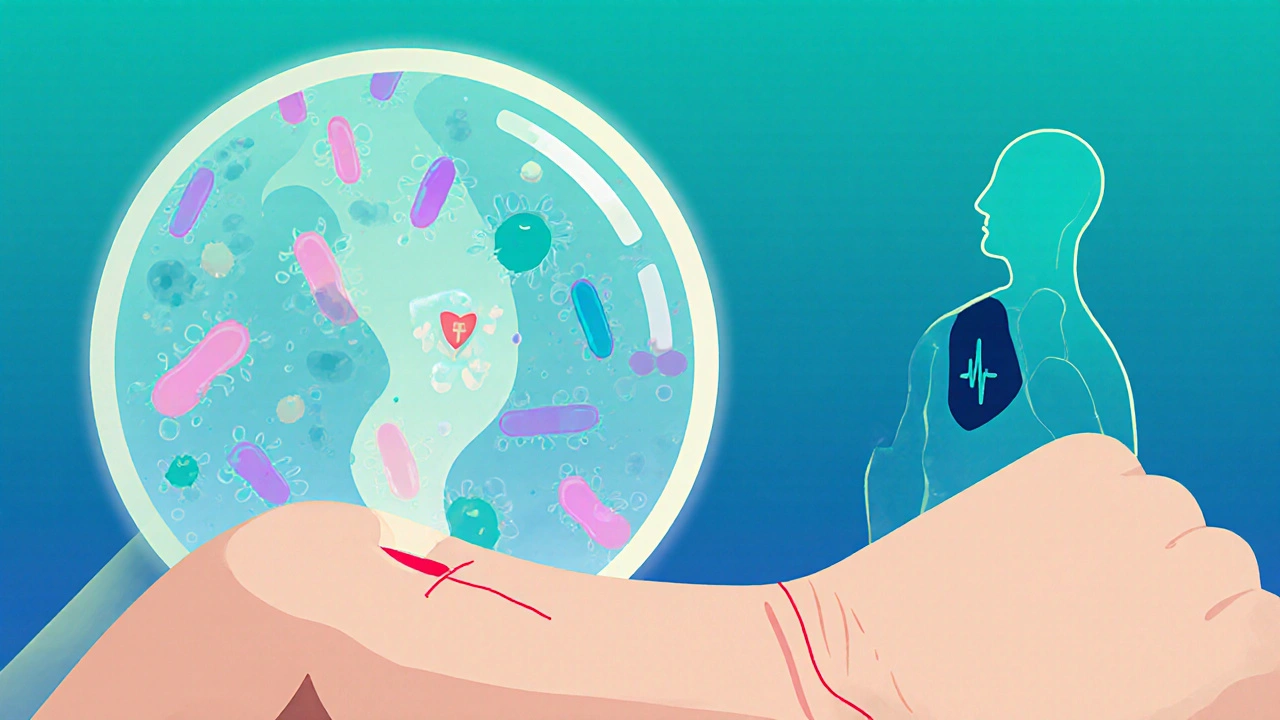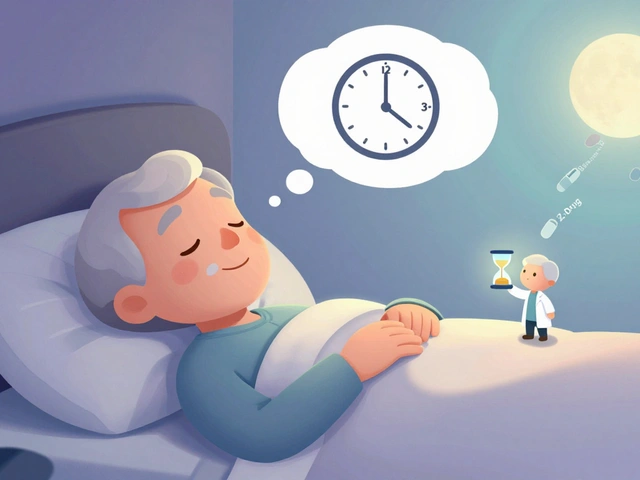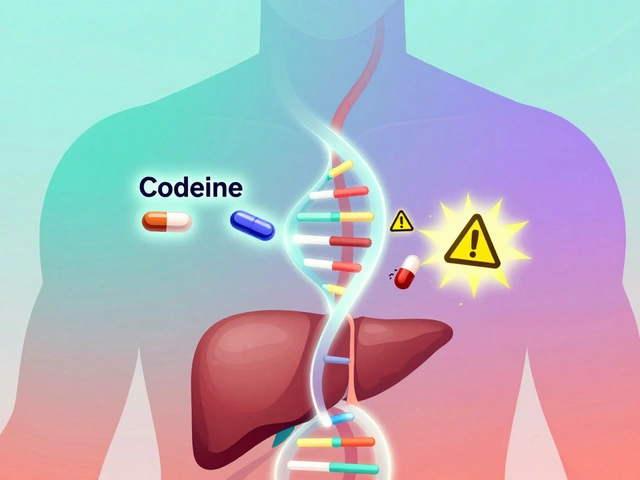Bacterial Infection Tips: Practical Ways to Fight and Prevent Common Infections
When you’re dealing with a bacterial infection, an illness caused by harmful bacteria invading the body. Also known as bacterial illness, it can show up as a sore throat, skin rash, urinary pain, or even a stubborn sinus infection. Unlike viruses, bacteria can multiply fast and often need antibiotics to stop them—but not always. The biggest mistake people make? Taking antibiotics too early, too often, or not finishing the full course. That’s how resistance starts, and once it does, simple infections become life-threatening.
Knowing the difference between a viral cold and a bacterial infection saves time, money, and health. A runny nose and cough? Likely viral. A high fever, thick yellow-green mucus, or a red, swollen area that’s hot to the touch? That’s more likely bacterial. You don’t need a lab test to spot clues—pay attention to how symptoms evolve. If they get worse after a few days instead of better, or if you feel fine one day and awful the next, it’s time to see a doctor. And yes, that doctor might still say "wait it out"—because many bacterial infections, like some ear or sinus infections, clear on their own with rest and hydration.
Prevention is just as important as treatment. Wash your hands like you’re about to perform surgery—soap, water, 20 seconds, scrub between fingers and under nails. Keep cuts clean and covered. Don’t share towels, razors, or toothbrushes. If you’re prescribed an antibiotic, take it exactly as directed. Skip doses? You’re training bacteria to survive. Stop early because you feel better? You’re leaving the toughest bugs alive to multiply. And never save leftover antibiotics for next time—what worked for a throat infection won’t fix a urinary one.
Some infections are sneaky. A UTI might start with just a slight burning. A skin infection like cellulitis can spread fast if ignored. Kids with ear infections often just tug at their ears or cry more than usual. Older adults might not even have a fever—just confusion or fatigue. That’s why listening to your body matters more than googling symptoms. If something feels off, don’t wait for it to "get worse." Early action stops small problems from becoming big ones.
Antibiotic resistance isn’t a distant threat—it’s here, and it’s growing. The World Health Organization calls it one of the top 10 global public health threats. Every time we misuse antibiotics, we make it harder to treat pneumonia, sepsis, or even a simple cut. That’s why knowing when to use them—and when not to—isn’t just personal health advice. It’s public health responsibility.
Below, you’ll find real comparisons and practical guides from people who’ve been there: Minocin vs other antibiotics, how to spot medication errors, why some treatments fail, and how to use antibiotics safely without risking resistance. These aren’t theory pieces—they’re straight talk from real cases, clear advice, and no-fluff facts. Whether you’re managing a recurring infection, worried about overuse, or just trying to avoid the next round of antibiotics, what follows will help you make smarter choices.
Learn proven ways to prevent bacterial infections and manage them if they occur. Practical tips cover hygiene, vaccination, diet, and smart antibiotic use for a healthier lifestyle.



